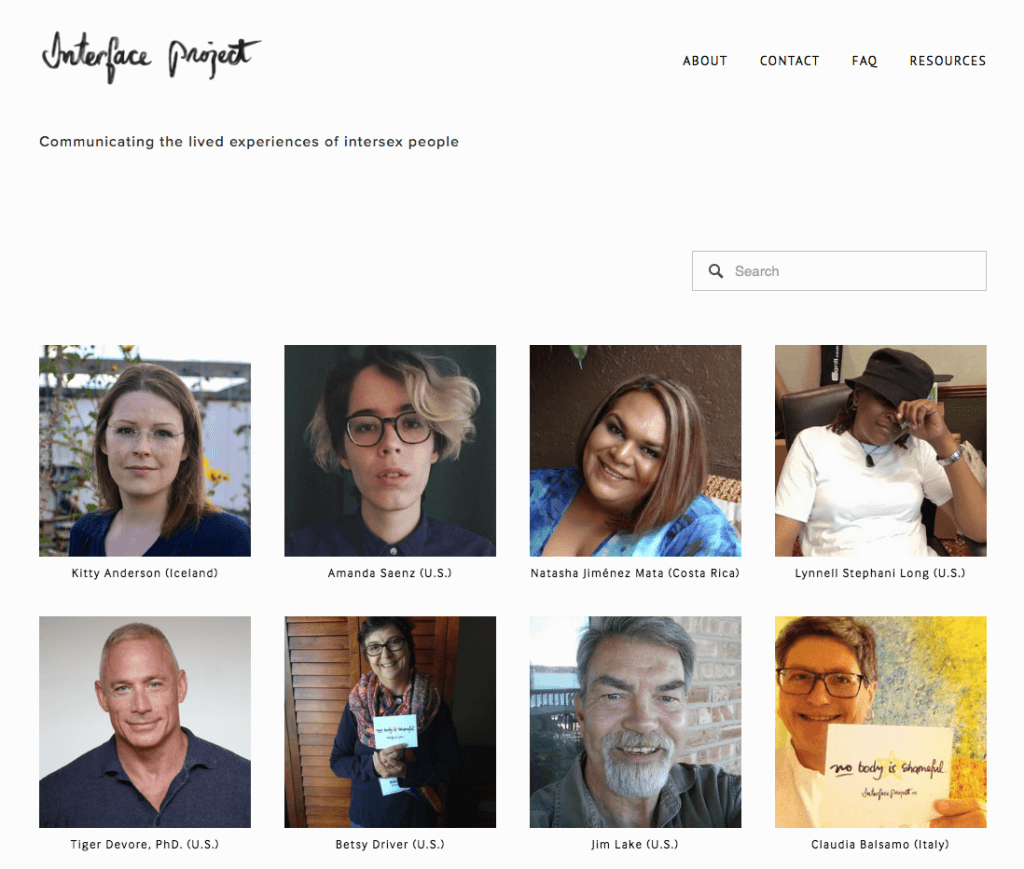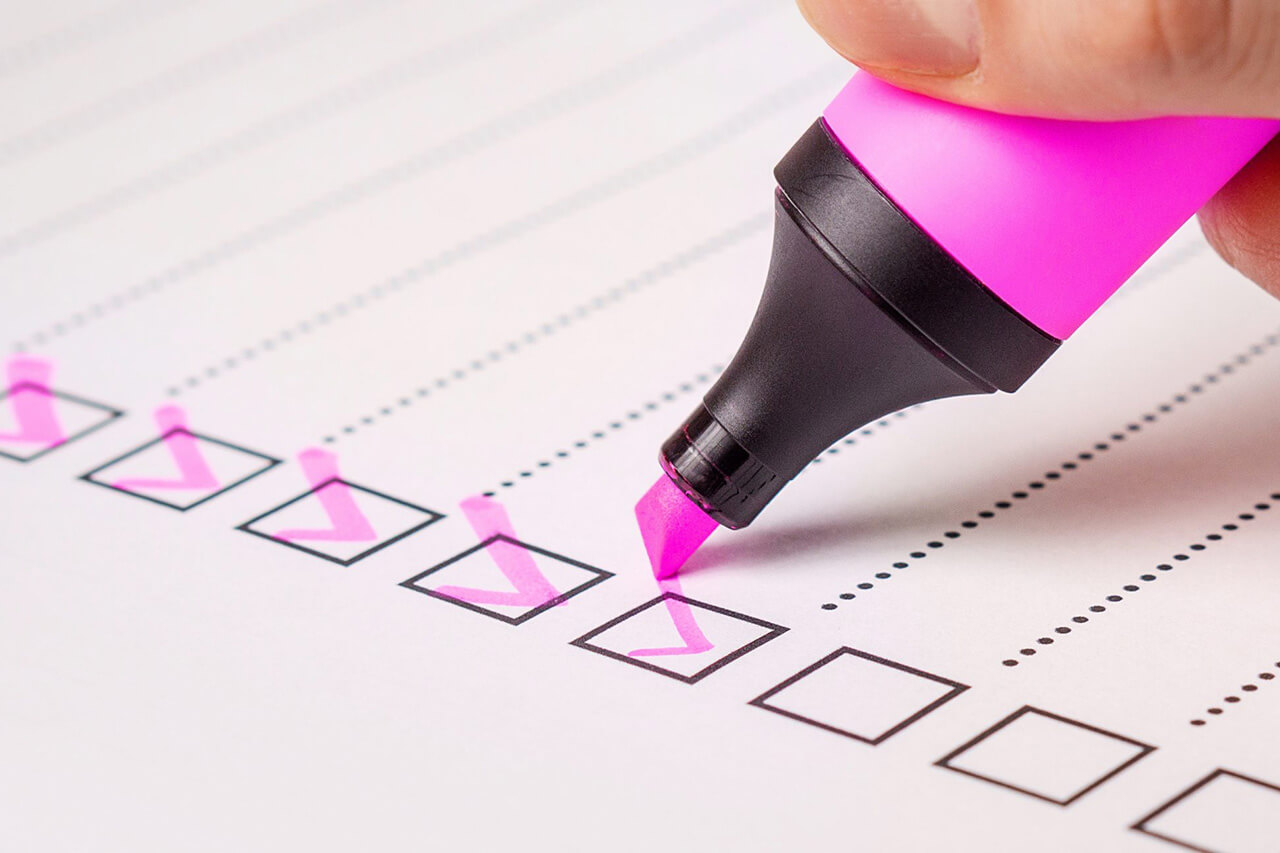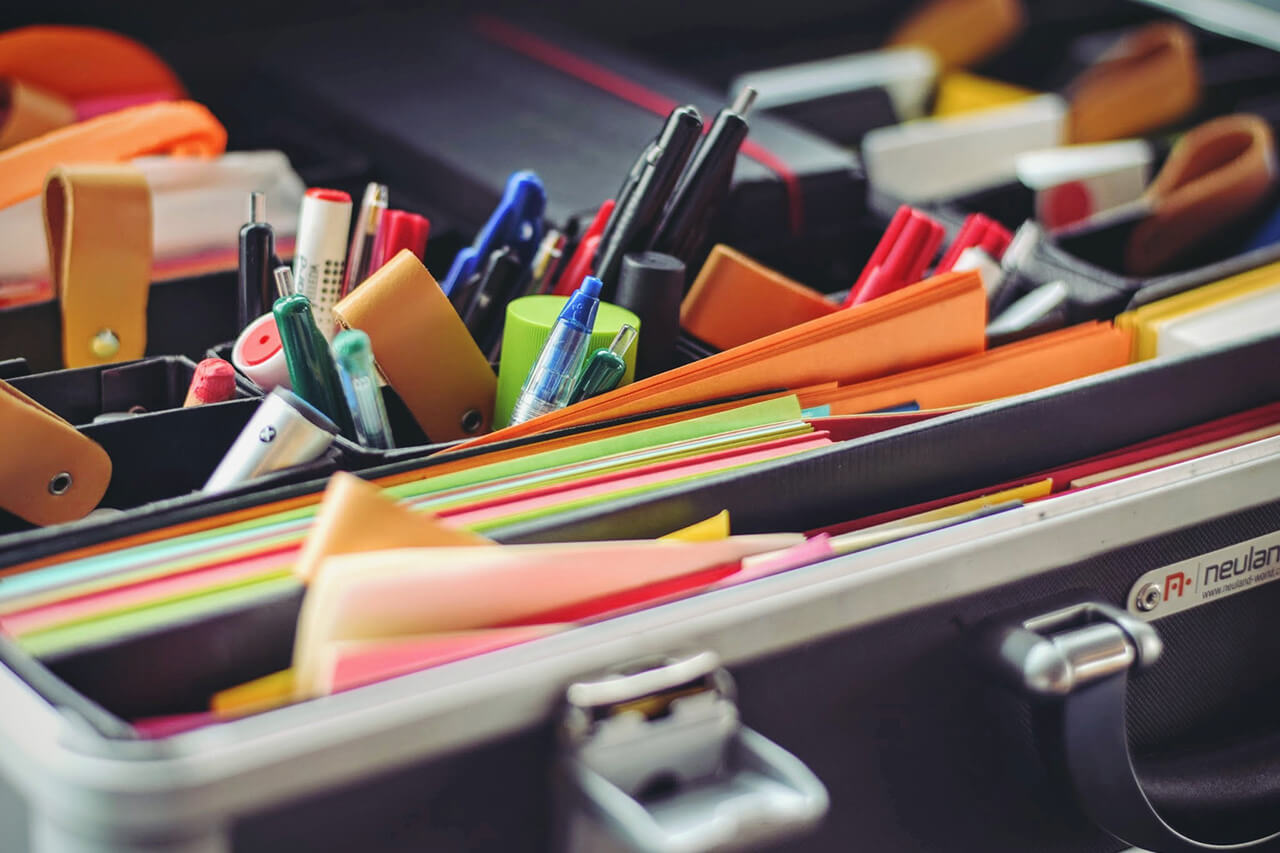By Andreas Hechler (educational expert, Berlin)
This text
primarily focuses on the requirements that should be fulfilled in order to
provide supportive educational work.
You will find information on how to integrate intersex into education and teaching here. We have also put together a list of dos and don’ts for teaching staff and educators.
1. Education and intersex
Education and
childcare play an important part in shaping people’s understanding of gender in
our society. They have also so far systematically helped to ensure that
intersex people remain invisible. There is still very little literature and
material available to people working in education, childcare, training and
social work on the subject of intersex. It is regarded – if at all – as a
“special”, “marginal” and or “minority” issue.
Medicine is still
the primary field of knowledge that concerns itself with the subject of
intersex. However, medical practitioners and other types of professionals that
deal with intersex matters (lawyers, politicians, care workers, …) also
receive training from educational institutions. It is also worth bearing in
mind that intersex people are also present in educational institutions, both as
teachers and as students.
The following
factors should therefore be taken into account:
1. Facilitate
learning about intersex issues (create awareness, encourage self-reflection,
reflect on your own values, transfer knowledge, encourage greater confidence to
act);
2. Ask what
supporting inter* people in educational contexts can look like, and
3. Support parents
and the extended family of inter* people.
The main objective
would be to contribute to all three areas to ensure that it is possible to live
as an intersex person without experiencing fear and discrimination.
When considered
within a broader framework, a type of education that has diversity embedded within
it should focus on inclusion and recognising others – in this case intersex
people. The diversity of human existence and bodies should imply acceptance and
respect.
2. Requirements
Explanations in this section are primarily directed at endosex professionals, i.e. people who fit within the medical definition of male or female.
It is assumed that
the following conditions also apply to intersex professionals for the most
part.
Self-education and
self-reflection
If there is an
intention to focus learning on intersex issues, the primary target group is the
teachers/educators themselves. It is important to set aside familiar habits of
thinking and perception; to focus your attention away from others (the target
group/students/participants/the subject under consideration/inter* people) and
direct it onto yourself; to work in a way that considers your own personal
history and to bring to mind the way your own gender identity has developed and
your own perceptions of gender that are associated with this. This should in no
way just involve focusing on the subject in a purely cognitive way, but should
also involve emotional learning processes and processes of change.
If this important
step is left out, there is a greater chance that the educational staff will
externalise their issues concerning
gender and project them onto the subject of intersex. The diversity of human
bodies, ways of existing and behaving which are not (cannot be) apparent in the
binary gender system, can unleash aggression in people who have invested time
and effort when they were being socialised to conform with the dominant gender
norms.
It can be a good
idea to seek out other people who have already engaged with this subject and
ask them to accompany you throughout this process so you can learn from their
experiences. Only when a mirror is held up to the habitual way of viewing
bodies as “normal” through to “abnormal” and educators can set aside their
desire to define the gender of another person,
– can it be
possible to interact with an intersex person in a supportive way;
– can it be
possible to support other people (your own target groups) when you deal with
this subject.
The objective is not to encourage “tolerance” towards a
small minority, but to engage with the subject in a self-reflective way as
described above. This involves examining your own perceptions and ways of
existing and behaving by posing fundamental questions about norms and
variations, and it ultimately involves recognising that you are also
“different”. This process continues throughout our lives – even teachers
continue learning. It is useful to incorporate this as part of your own
self-perception. The self-confidence that accompanies this process minimises
the fear of “other” forms of gender development and modes of existence.
Knowledge
acquisition
In order to teach
and to enable you to explore the subject thoroughly yourself, it is also
necessary to acquire knowledge. It is therefore necessary to acquire at least a
basic understanding of the latest gender theories and critiques of medical and
legal positions. It is especially important to listen to the stories and
opinions of intersex people either through face-to-face encounters, texts,
biographical reports, documentation, clips and other media articles. Other factors
also need to be understood, including:
- when teaching and learning about intersex, it is important to focus on the way society approaches intersex and not on individual diagnoses or clinical symptoms;
- the “normalisation” of appearance goes hand in hand with the stigmatisation of difference;
- medicine’s notion of prevention (carrying out surgical procedures to prevent the child from having problems later in life) is nonsense – it is usually the case that these procedures actually cause the problems;
- the large majority of intersex people who grew up without gender reassignment surgery are healthy;
- Children/young people/adults are still intersex even though there have been so many “normalising” medical procedures;
- a person can be identified as intersex prenatally, directly after the birth, during puberty or also after puberty;
- a clear ban on irreversible medical procedures without informed consent, which can change inborn gender characteristics or an intersex child’s reproductive function, is the central demand of intersex support groups;
- it does not relate to being transgender or sexual diversity und issues surrounding public toilets, the legal recognition of non-binary gender etc. which are of lower importance in comparison to the core demand stated above;
- creating taboos produces feelings of shame;
- it does relate to the type of language we speak and the terms we use; not as an end itself, to produce a cosmetic effect or to comply with a code, but the way we act in relation to diversity is the logical consequence of the way we talk about diversity.
(This list is not
necessarily exhaustive.)
You will find more specific details on the inclusion of intersex in teaching here. We have also compiled a list of dos and don’ts for educational staff.
3. Attitudes and behaviour
Educational staff
are required to serve as allies to intersex people. Their key message and
internal attitudes should be: “I am here for you if you need me.” If the inter*
person talks to you about coming out, it is important to understand that you
have been selected from among many other trusted people and so you should regard
this is an important responsibility.
You should also be
able to cope if you are not asked to provide support.
The following
responsibilities and aspects are also relevant:
Support
Perhaps the most
important educational responsibility is to provide support. You will work
together with children and young people whose perceptions are reflected by
their own experiences, who are supported along this path – this also applies to
both inter* and endosex children and young people.
Empathy,
acceptance and information
Many inter* people
have had to deal with an excessive amount of pathologisation, medical and
social violence, and denial and trivialisation of this violence – sometimes
with far-reaching consequences (trauma, alienation, the subject becoming a
taboo within the family, feelings of insecurity, loneliness etc.). The whole
matter essentially revolves around empathy and understanding towards the person
who has had these experiences. It is also important to create spaces where the
situation is not pathologised, where it is possible to live by key values such
as self-acceptance, the ability to overcome isolation by engaging with other
people in similar situations (peer approach) and truth (as opposed to creating
taboos, disseminating false information and remaining silent).
It is possible to
find appropriate situations in which to explain what intersex means: inter*
people are completely normal individuals and totally okay. They should be and
are allowed to be happy and content. Their bodies differ in certain aspects
from the established view of binary gender. This has the important effect of
breaking the taboos, silence, secrecy and systematic lying. In the best-case
scenario, the dissemination of information helps to relieve the strain on
social relationships. This is achieved by conveying the fact that it is not them that is the “problem”, but that it
is society itself which is failing
the diverse range of human bodies and genders.
The power to
define
The power to
define who a person is and who this person would like to be should be placed in
the hands of the children, young people and adults themselves without
limitation. It is particularly important to be aware that these people should
be allowed to decide their gender themselves at any time and should have the
right to repeatedly change their minds at any point. One or both parents,
medical or legal professionals should never define and stipulate a child’s
gender. The people concerned are the real experts and it is important that they
are given back the power to make decisions about their own lives. This should
basically apply to everyone.
It is recommended
that all educational institutions adopt this stance where (inter*) children are
still too often carefully monitored to check that their gender is developing in
a “normal” way, i.e. are they behaving, playing, dressing and speaking in
traditional “male” or “female” ways. Transferring the control to define
themselves into the hands of the children and young people removes the constant
fear that the child could behave in an “atypical” way and the pressure that
accompanies this. This is a significant source of relief not just for the
inter* children and young people but also for everyone around them (parents,
doctors, peers).
Offer protection
and adopt a stance
Both neo-Nazism prevention initiatives and the accompanying research into LSBTQIA+[1] educational projects have made it clear that discriminatory attitudes held by children and young people diminish in line with the extent to which educational staff take a clear stand against discrimination[2].
If there are any
forms of abuse, it is important that educational staff can be depended upon to
provide support. Protection is not just required in the event of abusive
language, attacks, bullying and similar behaviour, but in the event of medical
interventions and violations of privacy, if these are continuing to happen. In
these cases, the children or young people concerned should be helped to defend
their rights and to find alternatives. They should also be helped to develop
resilience.
Under no
circumstances (!) should an individual be persuaded or forced to come out or to
reveal information about themselves. If an intersex person opens up to you, you
should discuss how this person would like to be supported and which options are
available. If the person expresses a desire to act autonomously, ensure that
you take these wishes very seriously, not least in view of the fact that a
great many inter* people have often found out in the harshest possible way that
it is impossible to be masters of their own destiny.
If inter* people
feel like telling someone something about their bodies, operations, sex lives
or similar, they will do just that – it is not
okay to ask! On the other hand, it is okay and important to explain that these
sorts of sensationalist questions are often offensive.
Encourage contact
with peers and empowerment
Educational staff
who are not themselves intersex should work toward ensuring that the intersex
children and young people in their care have the opportunity to get in contact
with other intersex children, young people and adults. Inter* peer groups,
patient groups support organisations and self-help groups should be identified
and meetings facilitated. A great many inter* people have reported that getting
to know other inter* people is an extremely important, affirming and helpful
self-empowerment process. Online communities play a particularly important role
in helping inter* people to connect with each other.
These types of
contacts and self-help groups don’t just help intersex people to become so much
more empowered, they also help them to feel fully recognised as inter* people for the first time. This
is generally a long journey, yet positive references to intersex make it more
difficult to ignore a person’s authentic body and to counter the recurring
question “What if …”.
If it is not
possible to interact with inter* communities, it is likely that inter* people
will consciously accept that they have to put up with isolation and loneliness.
Ability to learn
from your own mistakes
Feeling at ease
with yourself also applies here. It is not usually possible to act in a
consistent way. The boundaries between meaning well and executing something
relatively badly are often fluid, and it is not possible for each thing to
cancel another out. This should not be regarded as personal failure, but rather
on a structural level. For example, this can apply to the way the subject of
intersex is approached; on the one hand it can be “really exciting” and on the
other hand it can be exoticised. Likewise, descriptions of discrimination and
injustice, on the one hand, and creating victim identities on the other. It is
better to resolve these dilemmas and to navigate through them in an appropriate
way than to try to resolve them in any one direction. This will make it
difficult for a person to take action and to dismiss the subject of intersex
because it is “too complicated”.
4. Working with parents/families
Working in
education often also involves working with parents. Based on studies on
transgender, homosexual and bisexual young people, it is possible to conclude
that acceptance and support from parents and the extended family can also be
extremely important for intersex children and young people. At the same time,
very few professional support services have so far been available to either
inter* people themselves or to their parents, other relatives or significant
others. Social (educational) and educational work should here – as in other
areas – include the family environment.
Parents are
required to serve as allies and advocates for their intersex children – this
should be made clear to them. It is true that they also need support. Many
parents of intersex children feel that they have been abandoned and need help.
Parents can find it useful to build a support network, especially with other
parents of intersex children.
It has proven to
be helpful for intersex children if their parents
- know that they have time. They shouldn’t feel pressured by doctors to agree to quick and irreversible medical procedures.
- ensure that decisions that they make now can be communicated to their child in an open and honest way when the child is older.
- know that hiding information about the child’s body from the child can severely damage the parent-child relationship.
- can get hold of comprehensive information about their child’s patient rights and intersex characteristics.
- should document every examination and every discussion with professionals.
Additional information (in English only) can be found in the text I am a parent/friend.








